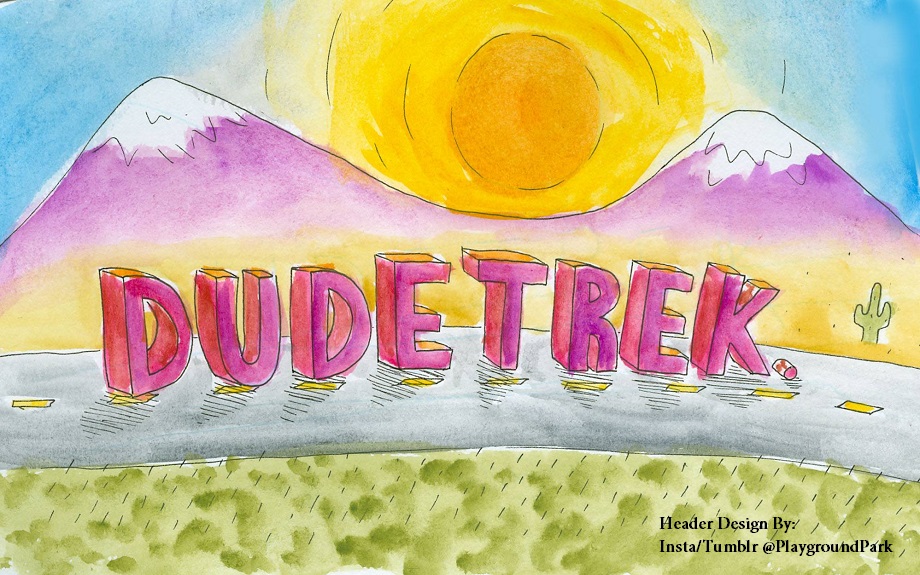On October 23rd, 2019 I started measuring everything I use and consume in a series of spreadsheets, and now one month has passed, so I thought I’d publish some of the data, and try to draw some conclusions on what I have been using and how I can use less. Here are the stats:
As far as food is concerned, I have a pretty healthy but sizeable diet that mostly consists of rice and beans, fruits and veggies, and a decent amount of bread and cheese. A few times this month, I splurge on almonds or milk and cereal, and there were isolated occasions where I would have fish, chicken, eggs, pizza, pasta, kombucha, beer, liquor, or sweets/candy.… Read more

